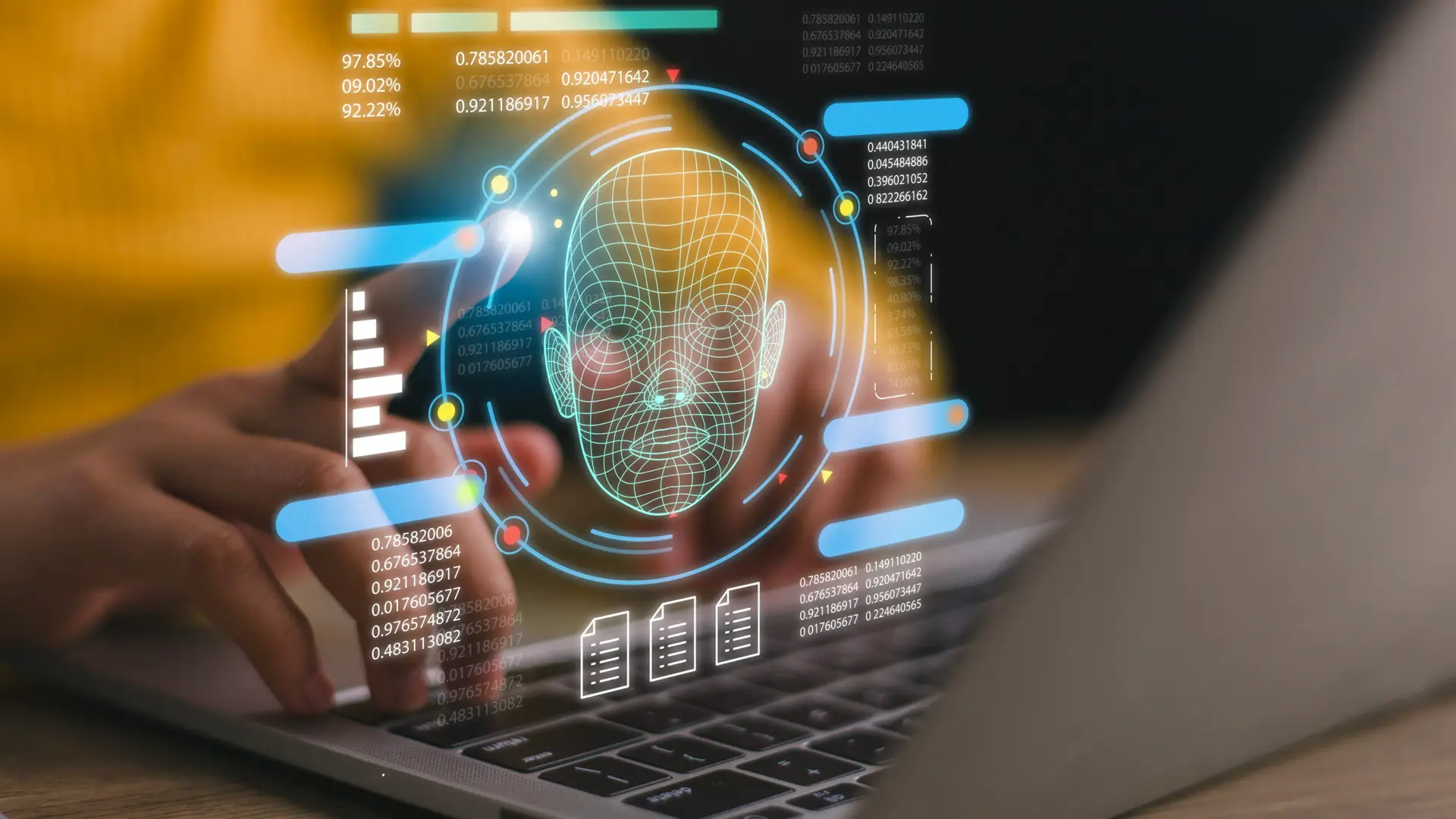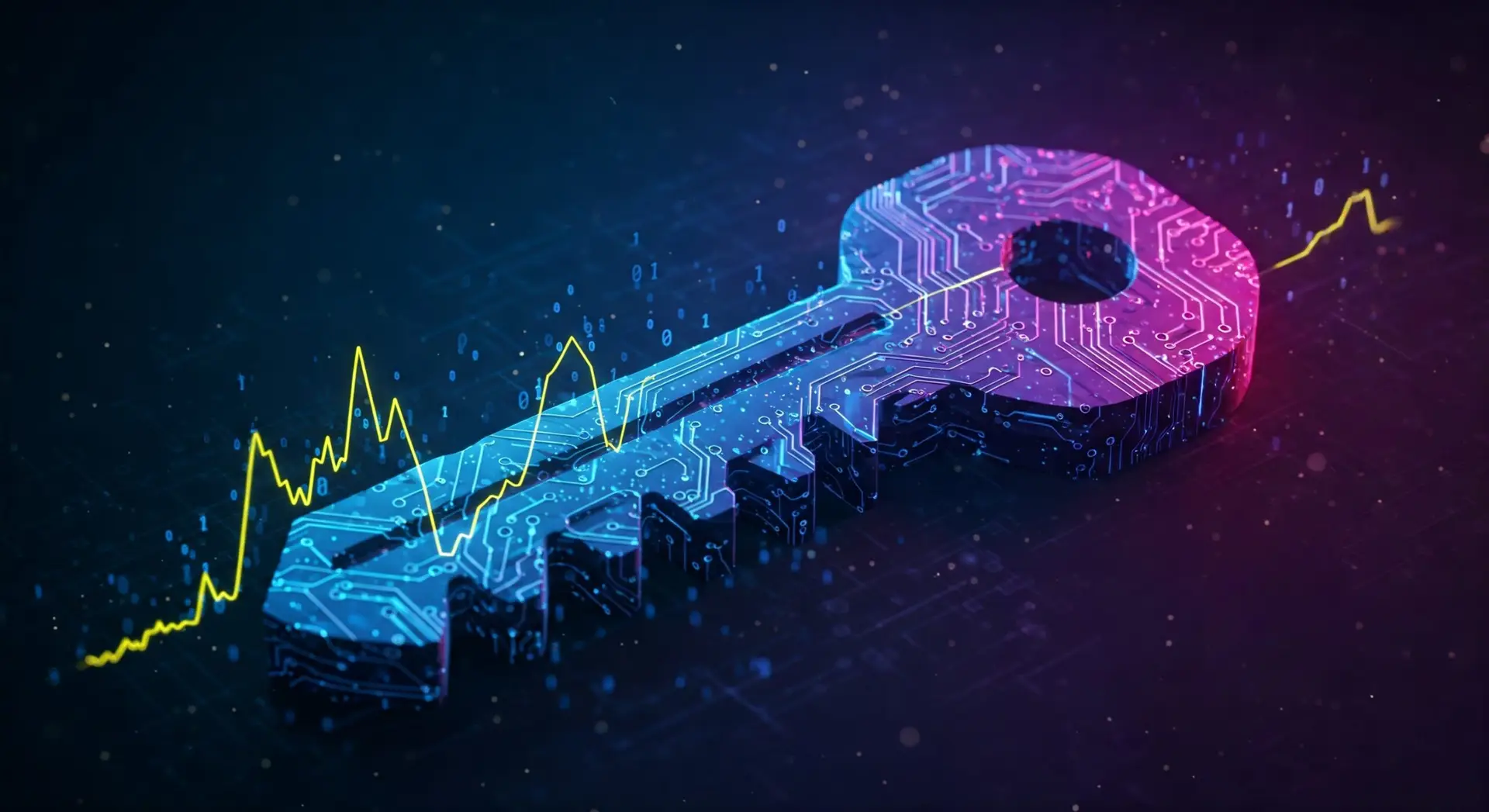The rise of sophisticated online fake images presents significant cybersecurity risks. It’s crucial to understand these risks to protect your personal and professional data.
The Emergence of Advanced Fake Images
The technology behind creating fake images has evolved dramatically. Tools powered by artificial intelligence can generate hyper-realistic images. These images are often indistinguishable from real photos. As a result, they can be used to deceive, scam, and spread misinformation.
The Role of Deepfakes in Cybersecurity Threats
Deepfakes, a notorious type of fake image, utilize AI to manipulate video and audio. They can impersonate public figures and trick people into believing false information. This capability makes deepfakes a powerful tool for cybercriminals.
How Deepfakes Fuel Misinformation and Scams
By convincingly mimicking identities, deepfakes can spread misinformation at an alarming rate. They can also engineer scams that manipulate emotions and decisions. This is particularly dangerous in scenarios like phishing attacks, where authenticity is crucial.
Identifying and Mitigating Risks from Fake Images
Awareness is the first step in combating the threat of fake images. Knowing how to identify these images can help mitigate their impact.
Tips for Spotting Fake Images
- Check for inconsistencies: Scrutinize images for any signs of editing or manipulation.
- Use reverse image search: This tool can help determine if an image is recycled or altered.
- Question the source: Always consider where an image is coming from and whether the source is reliable.
The Importance of Digital Literacy
Educating yourself and others about digital literacy is vital. Understanding how fake images are created and spread helps in recognizing and avoiding them.
Implementing Strong Cybersecurity Measures
Adopting robust cybersecurity practices is essential for protection against fake images. This includes using advanced security software and maintaining updated systems.
The Impact of Fake Images on Businesses
Fake images pose not just personal risks but also threaten businesses. They can damage a company’s reputation, lead to financial loss, and even legal troubles.
Strategies Businesses Can Employ
- Educate employees: Regular training on cybersecurity risks and how to avoid them is crucial.
- Implement advanced security protocols: Use tools that can detect and block fake images and other threats.
- Foster a culture of security: Encourage practices that prioritize cybersecurity throughout the organization.
Legal and Ethical Considerations
The creation and distribution of fake images raise legal and ethical questions. It’s important to navigate these carefully to avoid legal repercussions.
Advocating for Clearer Laws
Laws around digital content are evolving, but there’s a need for more clarity. This will help in effectively combating the misuse of fake images.
The Ethical Use of AI
Promoting the ethical use of AI technologies is essential. It ensures that innovations benefit society without causing harm.
Staying Ahead of the Curve
As technology continues to advance, so too will the methods of cybercriminals. Staying informed about the latest threats and protective measures is crucial. By understanding the risks associated with sophisticated fake images, you can better safeguard your digital landscape.
Adapting to these challenges requires vigilance and proactive cybersecurity practices. Remember, in the realm of digital information, not everything you see can be believed. Always stay skeptical and prioritize your safety online.




